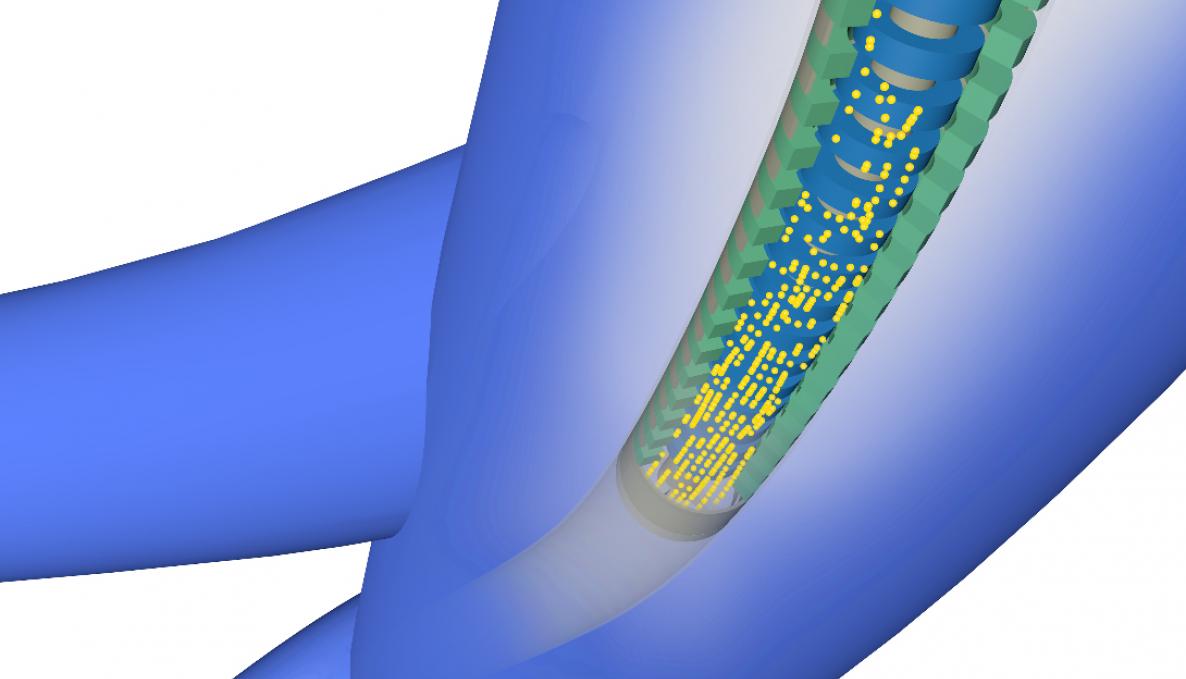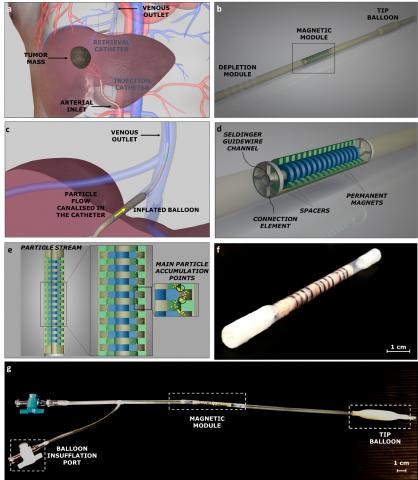MEDICAL ROBOTICS: ASIMOV’S WRITING INSPIRED THE PAPER BY SANT’ANNA SCHOOL BIOROBOTICS INSTITUTE, UNIVERSITY OF PISA AND ISTITUTO ITALIANO DI TECNOLOGIA PUBLISHED IN JOURNAL ADVANCED SCIENCE

Novels and short stories by Isaac Asimov have always had a major impact on the robotics community. Veronica Iacovacci, postdoctoral researcher at Sant’Anna School Biorobotics Institute, has revealed the idea behind her paper “An Intravascular Magnetic Catheter Enables the Retrieval of Nanoagents from the Bloodstream”- published in journal Advanced Science, was inspired by Asimov’s novel Fantastic Voyage. A scientist named Benes was hit in the head and a team is assembled to travel in the miniaturized submarine Proteus to his brain and to remove aneurysm from the inside. “That was one of the most extreme examples of nanotechnology in science fiction but I think robotics will have the greatest impact in the field of medicine where technology can save lives and transform medical care”, said Iacovacci.
Iacovacci worked in a team composed of six scientists: Arianna Menciassi and Leonardo Ricotti (Sant’Anna School Biorobotics Institute), Edoardo Sinibaldi and Giovanni Signore (Istituto Italiano di Tecnologia), and Fabio Vistoli (Dipartimento di Ricerca Traslazionale – University of Pisa).
The study led by Iacovacci paves the way to the exploitation of new “high‐risk/high‐gain” drug formulations and supports the development of novel therapeutic strategies based on magnetic hyperthermia or magnetic micro-robots. Magnetic nanoparticles have been studied in medicine and pharmacology as contrast agents, mediators for cancer magnetic hyperthermia and as active constituents of drug-delivery platforms. This paper examines applications through the clinical adoption of nanoscale agents for targeted therapy to offer a balance between therapy efficacy and side effects on healthy tissues, due to the nanoparticle bio distribution and undesired drug accumulation issues. Scientists focused on an intravascular catheter able to retrieve from the bloodstream magnetic nano-carriers minimizing their uncontrollable dispersion and attenuating possible side effects. The device consists of a miniature module, based on 27 permanent magnets arranged in two coaxial series, integrated into a clinically used 12 French catheter. A special emphasis was placed upon solutions for targeting liver, kidney and pancreas tumor cells.
“These “nano-submarines” have been studied for many decades and can be fabricated to face
a wide range of challenges. As a paper recently published in Nature can show, the main objective of work on nanoparticles delivery is to demonstrate that the introduction of higher doses of nanoparticles is sufficiently large to kill cancer cells without the well-known disadvantages, such as limited penetration and toxicity”, said Veronica Iacovacci.
“We have designed the microcatheter – said Edoardo Sinibaldi at the (Istituto Italiano di Tecnologia – using mathematical models and algorithms that could provide information on the relative safety and efficacy of novel treatments. Algorithms were intended to evaluate the high volume of data and the selective toxicity of advanced drug delivery systems. The key benefit from engineering, nanotechnologies and medicine methods is a new framework for designing the nanoparticle targeted therapy able to reduce toxic side effects of drugs to normal cells”.




